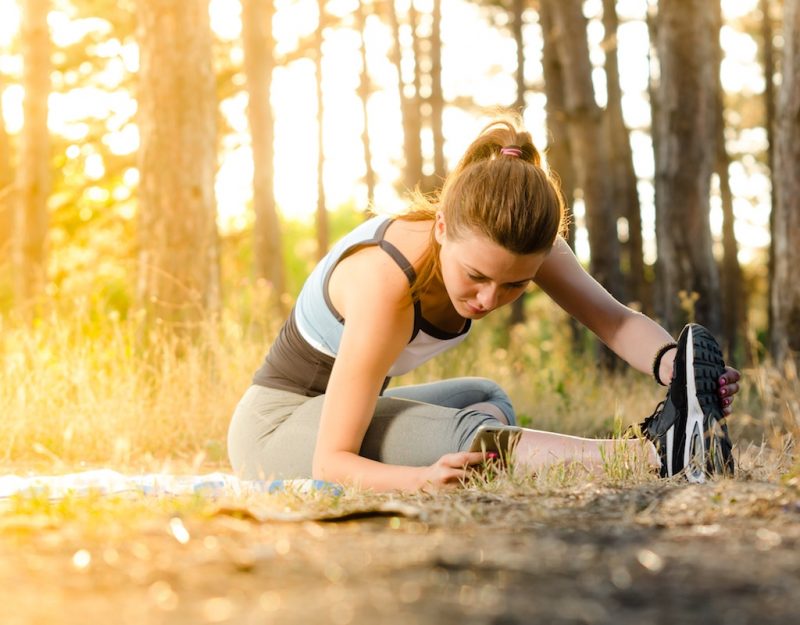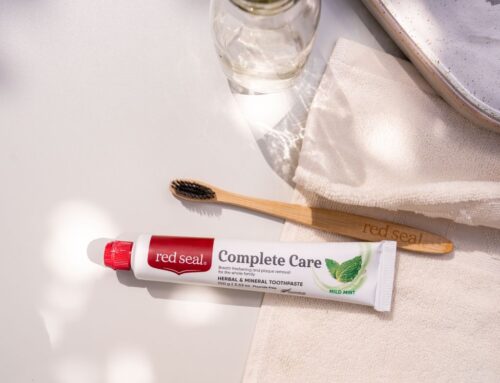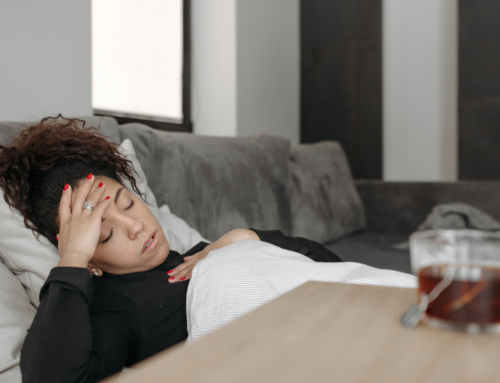When it comes to fitness, you don’t need to run yourself into the ground to reap the benefits. You do, however, need to feel as though you’re exerting yourself to ensure your workout produces results. Read on to discover how to optimise your exercise success.
Power walking
Your heart rate increases and you’ll feel a slight push in your muscles as you stride forward. Exercise physiologist Belinda Giles says, ‘After a warm-up, you should feel quite euphoric. You’ll also become slightly short of breath, so will be speaking in short, sharp sentences. Plus, you should be feeling strong as you’re walking towards a healthier body.’
Running
Your heart rate will increase rapidly, you’ll breathe heavier and faster, and feel the sensation of legs and arms pumping. ‘You might feel breathless at first, but before long you’ll get into a rhythm,’ adds Giles. You’ll feel hot and perspire a lot more than usual. Running is one of New Zealand’s most popular workouts, with one in five aged 16 to 65 doing it regularly.
Doing pilates
Pilates won’t have you huffing and puffing, but you’re most likely to feel a slight tension in the stomach area. According to exercise physiologist Nicole Cullen, it focuses on ‘activating the muscular unit known as our core, achieved by drawing in and tightening the muscles that support the spine.’
Taking a spin class
The effects of this high-intensity class are similar to running: higher heart rate and rapid breathing. ‘You’ll feel a burning in your thighs and legs as the class moves past the warm-up into harder tracks,’ says Giles. ‘Challenge yourself, but don’t push too hard.’
Doing resistance exercise
This is exercise with weights, for example, a Pump class, using weight machines at the gym or working out with dumbbells and resistance bands at home. ‘When doing resistance workouts, you’ll experience muscle fatigue of the specific muscles you’re exercising, such as your arms, which will feel like they’re shaking or burning a little,’ adds Cullen.
What’s happening when I experience…
Reduced effects after my workout
If you’ve been doing the same routine for a couple of weeks, chances are your body has adapted to it. And this means it’s time to up the ante. ‘This involves training the body beyond the point it’s usually trained,’ explains Cullen. The American College of Sports Medicine suggests upgrading your workout by increasing the gradient on the treadmill, incorporating hills, cycling in a harder gear, lifting heavier weights, doing more repetitions or even including short bursts of speed (interval training) into your session. Or for some fun – why not exercise with your family?
Post-exercise soreness
It’s not uncommon to hear people refer to the slight muscle discomfort experienced after exercise as ‘good pain’. Called Delayed Onset Muscle Soreness (DOMS), it tends to increase in the first 24 hours after exercise and peaks between the first and second day. ‘DOMS is a common outcome if you’ve tried a new exercise or finished a high-intensity session,’ says Cullen. ‘Think feelings of tightness, stiffness and soreness.’ These should subside within a few days, but if discomfort persists, see your doctor. What you shouldn’t be feeling is ongoing pain.’This is often a sharp pain that makes you want to stop exercising immediately. Exertion is uncomfortable, but stops when you stop exercising. You’ll soon recognise the difference between the two, so don’t use exertion as an excuse not to exercise.’
How to avoid pain and injury
- Before starting any new exercise regimen, have a medical check-up and get your doctor’s all clear.
- Always include a warm-up and cool-down routine.
- Wear and use the right equipment each session.
- Learn how to do the exercise correctly.
- Don’t push your body too hard too soon.
- Choose a workout you enjoy and will stick to.
- Stay well hydrated by drinking plenty of water.






Leave A Comment
You must be logged in to post a comment.